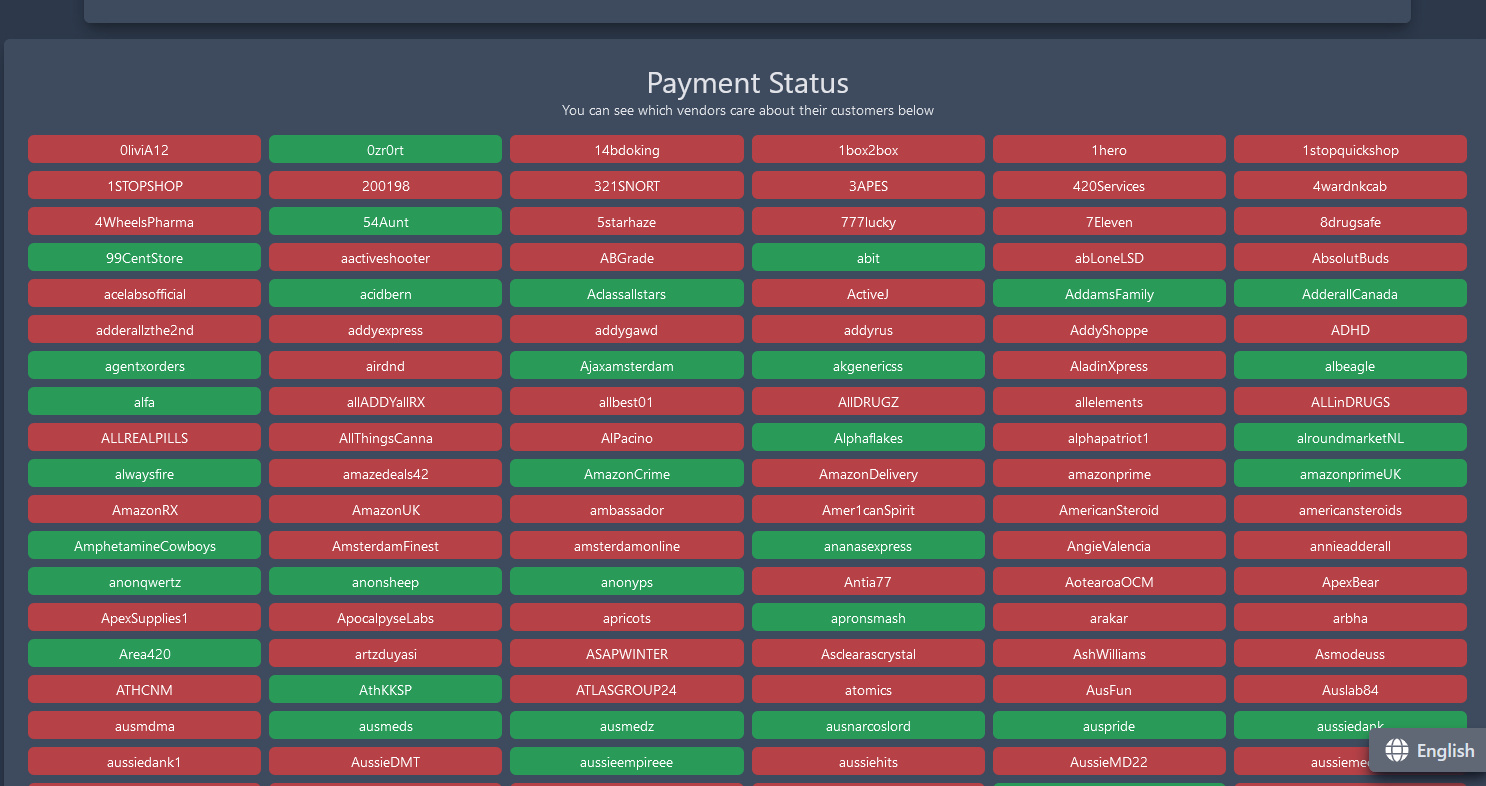Boeing Confirms $200M Cyber Extortion Attempt of LockBit


Borrowing from the playbook of ransomware purveyors, the darknet narcotics bazaar Incognito Market has begun extorting all of its vendors and buyers, threatening to publish cryptocurrency transaction and chat records of users who refuse to pay a fee ranging from $100 to $20,000. The bold mass extortion attempt comes just days after Incognito Market administrators reportedly pulled an “exit scam” that left users unable to withdraw millions of dollars worth of funds from the platform.

An extortion message currently on the Incognito Market homepage.
In the past 24 hours, the homepage for the Incognito Market was updated to include a blackmail message from its owners, saying they will soon release purchase records of vendors who refuse to pay to keep the records confidential.
“We got one final little nasty surprise for y’all,” reads the message to Incognito Market users. “We have accumulated a list of private messages, transaction info and order details over the years. You’ll be surprised at the number of people that relied on our ‘auto-encrypt’ functionality. And by the way, your messages and transaction IDs were never actually deleted after the ‘expiry’….SURPRISE SURPRISE!!! Anyway, if anything were to leak to law enforcement, I guess nobody never slipped up.”
Incognito Market says it plans to publish the entire dump of 557,000 orders and 862,000 cryptocurrency transaction IDs at the end of May.
“Whether or not you and your customers’ info is on that list is totally up to you,” the Incognito administrators advised. “And yes, this is an extortion!!!!”
The extortion message includes a “Payment Status” page that lists the darknet market’s top vendors by their handles, saying at the top that “you can see which vendors care about their customers below.” The names in green supposedly correspond to users who have already opted to pay.

The “Payment Status” page set up by the Incognito Market extortionists.
We’ll be publishing the entire dump of 557k orders and 862k crypto transaction IDs at the end of May, whether or not you and your customers’ info is on that list is totally up to you. And yes, this is an extortion!!!!
Incognito Market said it plans to open up a “whitelist portal” for buyers to remove their transaction records “in a few weeks.”
The mass-extortion of Incognito Market users comes just days after a large number of users reported they were no longer able to withdraw funds from their buyer or seller accounts. The cryptocurrency-focused publication Cointelegraph.com reported Mar. 6 that Incognito was exit-scamming its users out of their bitcoins and Monero deposits.
CoinTelegraph notes that Incognito Market administrators initially lied about the situation, and blamed users’ difficulties in withdrawing funds on recent changes to Incognito’s withdrawal systems.
Incognito Market deals primarily in narcotics, so it’s likely many users are now worried about being outed as drug dealers. Creating a new account on Incognito Market presents one with an ad for 5 grams of heroin selling for $450.

New Incognito Market users are treated to an ad for $450 worth of heroin.
The double whammy now hitting Incognito Market users is somewhat akin to the double extortion techniques employed by many modern ransomware groups, wherein victim organizations are hacked, relieved of sensitive information and then presented with two separate ransom demands: One in exchange for a digital key needed to unlock infected systems, and another to secure a promise that any stolen data will not be published or sold, and will be destroyed.
Incognito Market has priced its extortion for vendors based on their status or “level” within the marketplace. Level 1 vendors can supposedly have their information removed by paying a $100 fee. However, larger “Level 5” vendors are asked to cough up $20,000 payments.

The past is replete with examples of similar darknet market exit scams, which tend to happen eventually to all darknet markets that aren’t seized and shut down by federal investigators, said Brett Johnson, a convicted and reformed cybercriminal who built the organized cybercrime community Shadowcrew many years ago.
“Shadowcrew was the precursor to today’s Darknet Markets and laid the foundation for the way modern cybercrime channels still operate today,” Johnson said. “The Truth of Darknet Markets? ALL of them are Exit Scams. The only question is whether law enforcement can shut down the market and arrest its operators before the exit scam takes place.”